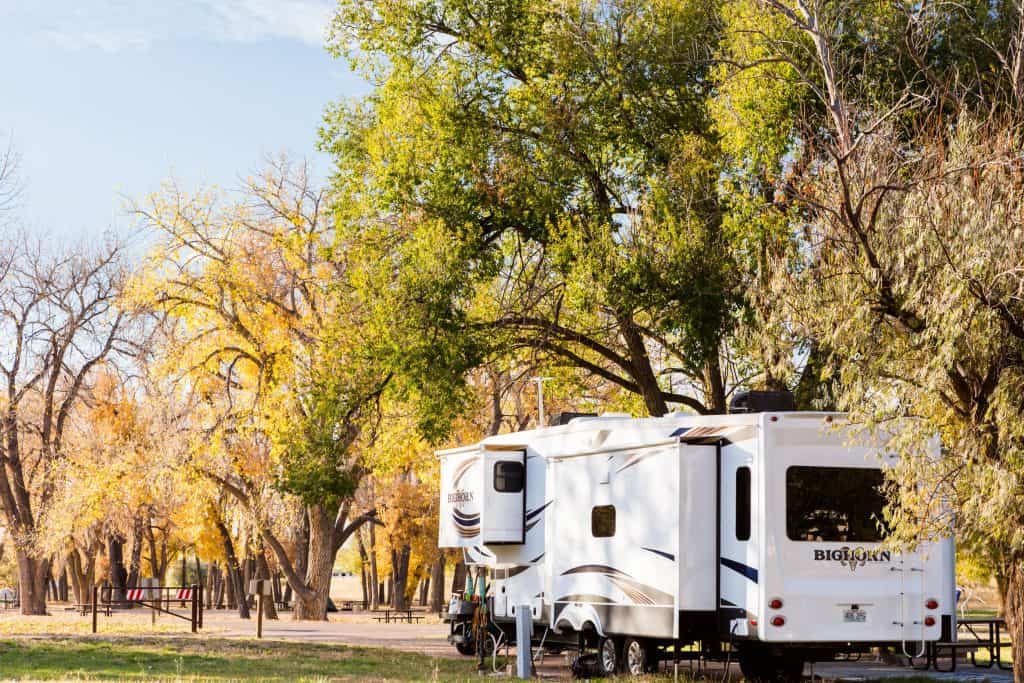
Fifth wheels are great additions for carrying equipment and bringing a comfortable living space with you on the road. But even with the extra space a fifth wheel provides, some people want to haul an extra trailer, boat, or car behind it.
This practice is called triple towing and it has a wide range of rules and regulations. About half of all U.S. states allow it (within certain limitations) but there are some that forbid it. If you’re planning on crossing state lines with your triple tow setup, be sure that you know and follow the laws of each area.
| STATE | TRIPLE TOW ALLOWED? |
|---|---|
| Alabama | No |
| Alaska | Yes |
| Arizona | Yes |
| Arkansas | Yes |
| California | Yes |
| Colorado | Yes |
| Connecticut | Yes |
| Delaware | No |
| Florida | No |
| Georgia | No |
| Hawaii | Yes |
| Idaho | Yes |
| Illinois | No |
| Indiana | Yes |
| Iowa | Yes |
| Kansas | No |
| Kentucky | Yes |
| Louisiana | Yes |
| Maine | No |
| Maryland | No |
| Massachussetts | No |
| Michigan | No |
| Minnesota | No |
| Mississippi | No |
| Missouri | Yes |
| Montana | Yes |
| Nebraska | Yes |
| Nevada | No |
| New Hampshire | No |
| New Jersey | No |
| New Mexico | Yes |
| New York | No |
| North Carolina | Yes |
| North Dakota | Yes |
| Ohio | Yes |
| Oklahoma | No |
| Oregon | No |
| Pennsylvania | Yes |
| Rhode Island | No |
| South Carolina | Yes |
| South Dakota | Yes |
| Tennessee | Yes |
| Texas | No |
| Utah | Yes |
| Vermont | Yes |
| Virginia | No |
| Washington | No |
| West Virginia | No |
| Wisconsin | No |
| Wyoming | No |
Below is a list of some of the specific triple towing laws of each specific state, as well as some advice on safe towing practices.
Alabama
- Triple Towing: Not Permitted
- Maximum Vehicle Length (Including All Add-ons): 57 feet
- Maximum Speed Limit for Towing Vehicles: 55 mph
Alaska
- Triple Towing: Permitted
- Maximum Vehicle Length (Including All Add-ons): 75 feet
- Maximum Speed Limit for Towing Vehicles: 55 mph
Arizona
- Triple Towing: Permitted
- Maximum Vehicle Length (Including All Add-ons): 65 feet
- Maximum Speed Limit for Towing Vehicles: 65 mph
Arkansas
- Triple Towing: Permitted
- Maximum Vehicle Length (Including All Add-ons): 53 feet, 6 inches
- Maximum Speed Limit for Towing Vehicles: 65 mph
California
- Triple Towing: Permitted
- Maximum Vehicle Length (Including All Add-ons): 65 feet
- Maximum Speed Limit for Towing Vehicles: 55 mph
Colorado
- Triple Towing: Permitted
- Maximum Vehicle Length (Including All Add-ons): 75 feet
- Maximum Speed Limit for Towing Vehicles: 65 mph
Connecticut
- Triple Towing: Permitted
- Maximum Vehicle Length (Including All Add-ons): 65 feet
- Maximum Speed Limit for Towing Vehicles: 55 mph
Delaware
- Triple Towing: Not Permitted
- Maximum Vehicle Length (Including All Add-ons): 60 feet
- Maximum Speed Limit for Towing Vehicles: 55 mph
Florida
- Triple Towing: Not Permitted
- Maximum Vehicle Length (Including All Add-ons): 65 feet
- Maximum Speed Limit for Towing Vehicles: 65 mph
Georgia
- Triple Towing: Not Permitted
- Maximum Vehicle Length (Including All Add-ons): 65 feet
- Maximum Speed Limit for Towing Vehicles: 65 mph
Hawaii
- Triple Towing: Permitted
- Maximum Vehicle Length (Including All Add-ons): 65 feet
- Maximum Speed Limit for Towing Vehicles: 55 mph
Idaho
- Triple Towing: Permitted
- Maximum Vehicle Length (Including All Add-ons): 75 feet
- Maximum Speed Limit for Towing Vehicles: 65 mph
Illinois
- Triple Towing: Not Permitted
- Maximum Vehicle Length (Including All Add-ons): 60 feet
- Maximum Speed Limit for Towing Vehicles: 55 mph
Indiana
- Triple Towing: Permitted
- Maximum Vehicle Length (Including All Add-ons): 60 feet
- Maximum Speed Limit for Towing Vehicles: 65 mph
Iowa
- Triple Towing: Permitted
- Maximum Vehicle Length (Including All Add-ons): 65 feet
- Maximum Speed Limit for Towing Vehicles: 65 mph
Kansas
- Triple Towing: Not Permitted
- Maximum Vehicle Length (Including All Add-ons): 65 feet
- Maximum Speed Limit for Towing Vehicles: 65 mph
Kentucky
- Triple Towing: Permitted
- Maximum Vehicle Length (Including All Add-ons): 65 feet
- Maximum Speed Limit for Towing Vehicles: 65 mph
Louisiana
- Triple Towing: Permitted
- Maximum Vehicle Length (Including All Add-ons): 65 feet
- Maximum Speed Limit for Towing Vehicles: 65 mph
Maine
- Triple Towing: Not Permitted
- Maximum Vehicle Length (Including All Add-ons): 65 feet
- Maximum Speed Limit for Towing Vehicles: 65 mph
Maryland
- Triple Towing: Not Permitted
- Maximum Vehicle Length (Including All Add-ons): 35 feet
- Maximum Speed Limit for Towing Vehicles: 55 mph
Massachusetts
- Triple Towing: Not Permitted
- Maximum Vehicle Length (Including All Add-ons): 65 feet
- Maximum Speed Limit for Towing Vehicles: 55 mph
Michigan
- Triple Towing: Not Permitted
- Maximum Vehicle Length (Including All Add-ons): 65 feet
- Maximum Speed Limit for Towing Vehicles: 65 mph
Minnesota
- Triple Towing: Not Permitted
- Maximum Vehicle Length (Including All Add-ons): 65 feet
- Maximum Speed Limit for Towing Vehicles: 65 mph
Mississippi
- Triple Towing: Not Permitted
- Maximum Vehicle Length (Including All Add-ons): 40 feet
- Maximum Speed Limit for Towing Vehicles: 65 mph
Missouri
- Triple Towing: Permitted
- Maximum Vehicle Length (Including All Add-ons): 65 feet
- Maximum Speed Limit for Towing Vehicles: 65 mph
Montana
- Triple Towing: Permitted
- Maximum Vehicle Length (Including All Add-ons): 65 feet
- Maximum Speed Limit for Towing Vehicles: 65 mph
Nebraska
- Triple Towing: Permitted
- Maximum Vehicle Length (Including All Add-ons): 65 feet
- Maximum Speed Limit for Towing Vehicles: 65 mph
Nevada
- Triple Towing: Not Permitted
- Maximum Vehicle Length (Including All Add-ons): 70 feet
- Maximum Speed Limit for Towing Vehicles: 65 mph
New Hampshire
- Triple Towing: Not Permitted
- Maximum Vehicle Length (Including All Add-ons): 53 feet
- Maximum Speed Limit for Towing Vehicles: 65 mph
New Jersey
- Triple Towing: Not Permitted
- Maximum Vehicle Length (Including All Add-ons): 65 feet
- Maximum Speed Limit for Towing Vehicles: 55 mph
New Mexico
- Triple Towing: Permitted
- Maximum Vehicle Length (Including All Add-ons): 65 feet
- Maximum Speed Limit for Towing Vehicles: 65 mph
New York
- Triple Towing: Not Permitted
- Maximum Vehicle Length (Including All Add-ons): 60 feet
- Maximum Speed Limit for Towing Vehicles: 55 mph
North Carolina
- Triple Towing: Permitted
- Maximum Vehicle Length (Including All Add-ons): 60 feet
- Maximum Speed Limit for Towing Vehicles: 65 mph
North Dakota
- Triple Towing: Permitted
- Maximum Vehicle Length (Including All Add-ons): 75 feet
- Maximum Speed Limit for Towing Vehicles: 65 mph
Ohio
- Triple Towing: Permitted
- Maximum Vehicle Length (Including All Add-ons): 65 feet
- Maximum Speed Limit for Towing Vehicles: 65 mph
Oklahoma
- Triple Towing: Not Permitted
- Maximum Vehicle Length (Including All Add-ons): 65 feet
- Maximum Speed Limit for Towing Vehicles: 65 mph
Oregon
- Triple Towing: Not Permitted
- Maximum Vehicle Length (Including All Add-ons): 65 feet
- Maximum Speed Limit for Towing Vehicles: 65 mph
Pennsylvania
- Triple Towing: Permitted
- Maximum Vehicle Length (Including All Add-ons): 65 feet
- Maximum Speed Limit for Towing Vehicles: 55 mph
Rhode Island
- Triple Towing: Not Permitted
- Maximum Vehicle Length (Including All Add-ons): 53 feet
- Maximum Speed Limit for Towing Vehicles: 55 mph
South Carolina
- Triple Towing: Permitted
- Maximum Vehicle Length (Including All Add-ons): 53 feet
- Maximum Speed Limit for Towing Vehicles: 65 mph
South Dakota
- Triple Towing: Permitted
- Maximum Vehicle Length (Including All Add-ons): 75 feet
- Maximum Speed Limit for Towing Vehicles: 65 mph
Tennessee
- Triple Towing: Permitted
- Maximum Vehicle Length (Including All Add-ons): 65 feet
- Maximum Speed Limit for Towing Vehicles: 65 mph
Texas
- Triple Towing: Not Permitted
- Maximum Vehicle Length (Including All Add-ons): 65 feet
- Maximum Speed Limit for Towing Vehicles: 60 mph
Utah
- Triple Towing: Permitted
- Maximum Vehicle Length (Including All Add-ons): 65 feet
- Maximum Speed Limit for Towing Vehicles: 65 mph
Vermont
- Triple Towing: Permitted
- Maximum Vehicle Length (Including All Add-ons): 75 feet
- Maximum Speed Limit for Towing Vehicles: 65 mph
Virginia
- Triple Towing: Not Permitted
- Maximum Vehicle Length (Including All Add-ons): 65 feet
- Maximum Speed Limit for Towing Vehicles: 55 mph
Washington
- Triple Towing: Not Permitted
- Maximum Vehicle Length (Including All Add-ons): 75 feet
- Maximum Speed Limit for Towing Vehicles: 60 mph
West Virginia
- Triple Towing: Not Permitted
- Maximum Vehicle Length (Including All Add-ons): 65 feet
- Maximum Speed Limit for Towing Vehicles: 65 mph
Wisconsin
- Triple Towing: Not Permitted
- Maximum Vehicle Length (Including All Add-ons): 70 feet
- Maximum Speed Limit for Towing Vehicles: 65 mph
Wyoming
- Triple Towing: Not Permitted
- Maximum Vehicle Length (Including All Add-ons): 85 feet
- Maximum Speed Limit for Towing Vehicles: 65 feet

Attaching a Second Trailer
When you want to tow a second attachment behind your fifth wheel, there are a few things you need to keep in mind. First off, not every fifth wheel is built with attachments to haul additional items. Whether it’s a gooseneck hitch or a ball hitch, make sure that your second trailer has the right setup to correctly attach to your fifth wheel.
Second, the size and weight of your second trailer matters. Almost every state has limits on how heavy your total hauling weight can be. Whether it’s a boat, car, or trailer, your second attachment cannot weigh more than your fifth wheel’s weight when it is unloaded. This is called the UVW, or the Unladen Vehicle Weight.
Once your hitch is set up and you know that the additional trailer is within the proper weight limits, you should be free to attach it as your normally would.
To get a proper feel for driving your lengthened vehicle, I’d recommend taking a few test drives before you commit to a long trip. You don’t want to try to figure it out in an unfamiliar area or have something break right off the bat. Practice navigating neighborhoods, stoplights, and highways (especially entrances and exits).
Dangers of Triple Towing
Triple towing can be great for people who have lots of equipment to haul. But with the added length and weight come certain dangers and risks. The added weight will put extra strain on your brake system, requiring more checkups and maintenance. The extra strain on your engine will also require more refueling stops, which can make a dent in your wallet after a while.
It will also take you longer amounts of time to speed up and stop. This can be dangerous if you’re driving in hazardous weather conditions or need to react to unexpected circumstances on the road. You can get better at spotting dangers before they get close, but the risk of a slow stopping speed should always be in the back of your mind.
Wind, slick roads, and bad weather will be even harder to drive through with a triple towing setup. With a greater amount of surface area comes a greater risk of being pushed around by bad weather.
In addition, the extra long setup of your triple towing can make it hard to navigate tight spaces and narrow roads. There’s a greater risk of property damage, both to yourself and others. It’s going to take a lot of careful practice to avoid scraping off paint jobs!
Backing up will also be more difficult, if not impossible with a triple towing setup. It’s not easy with just one trailer! You’ll need a lot of space plus a good spotter every time you need to back up.
And finally, your visibility will be limited on the road. It can already be hard to see cars behind your fifth wheel, and the added obstruction of an additional trailer limits this even further. You’ll need to be very careful when you want to turn or make lane changes.
Double and triple check your mirrors to help avoid any accidents. With your extra large and heavy vehicle, you have the power to cause some serious damage at high speeds.
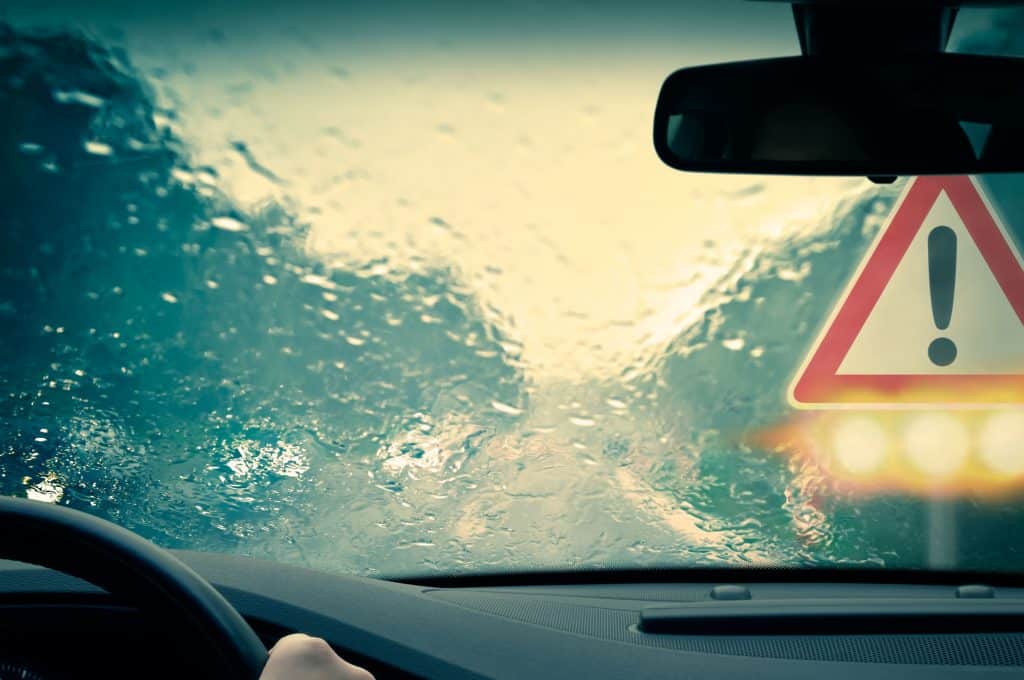
Safety Measures to Take when Triple Towing
Special Permits:
Some states, such as Michigan, require drivers who want to triple tow to apply for a special permit. This is signified with a mark on your license and shows that you have permission to triple tow in that state.
There is usually a small fee of some sort for this permit, and there may also be a test to demonstrate that your setup and driving skills are fit for the road.
Turn Signals/ Brake Lights:
These are absolutely essential for any vehicle, and especially for triple tow rigs. These need to be hooked up prior to driving, and both sets of lights need to be fully functional. Because people won’t be able to see in front of you with a triple towing setup, it’s vital that you alert them to any potential stops or hazards ahead.
License Plate + Light:
All of your towable vehicles should have a place for a license plate attachment. Make sure everything is properly registered and that your license plate is clearly visible from behind.
Safety Chains and/or Breakaway Brakes:
Safety chains help provide an additional anchor between your vehicle and any trailers. These cross each other in an X shape, attaching at two diagonal angles on each attachment. If your connecting hitch breaks or comes loose, these chains can help keep the trailer secure.
Breakaway brakes perform a similar purpose, but they attach to the trailer wheels. If your trailer should happen to detach while you’re driving, these brakes will activate and keep it from rolling all over the road.
Ideally you should use both of these precautions when you’re triple towing, but be sure that to use at least one. With such a large setup, it might be hard for you to notice if your back trailer comes off. To keep your equipment and fellow drivers safe, make sure you use these safety precautions.
Reflectors:
These small, reflective strips or panels should be attached to every trailer or attachment that you’re towing. When it’s dark outside, it might be hard for other drivers to see just how long your vehicle is. These reflective panels will help them avoid getting too close to you, or, even worse, running into you.
Apply these along the back and sides of each attachment. Make sure that they’re clearly visible at eye level and that they form a clear outline of your entire rig.
Flares:
This last item is more optional than the others, but it’s still good to have on hand. Road flares are helpful for accidents that happen at night. Use these to outline a section of road where an accident or equipment malfunction has happened.
If you need to pull onto the shoulder at night, flares can also be a good way to signal that you need space. Most cars will definitely want to avoid your large vehicle when it’s close to the edge of the road, and it’s courteous to mark dangerous sections of the road. You don’t want to cause an additional accident by not properly marking it!
An Alternative to Triple Towing
If all these risks, rules, and state restrictions feel like too much for you to manage, you might want to reconsider triple towing in the first place. It’s not something that’s safe for everyone to do, and can be stressful and risky for even the most experienced drivers.
If you still want to haul additional equipment without resorting to triple towing, you might want to consider a toy hauler. There are a lot of floorplans and options for these trailers, and some of them can double as living space and storage for your large items.
Many toy haulers offer a ramp for loading large equipment, as well as a spacious and enclosed interior that can be up to 20 feet long! When you’re thinking about hauling a lot of gear, toy haulers are an option to keep in mind.

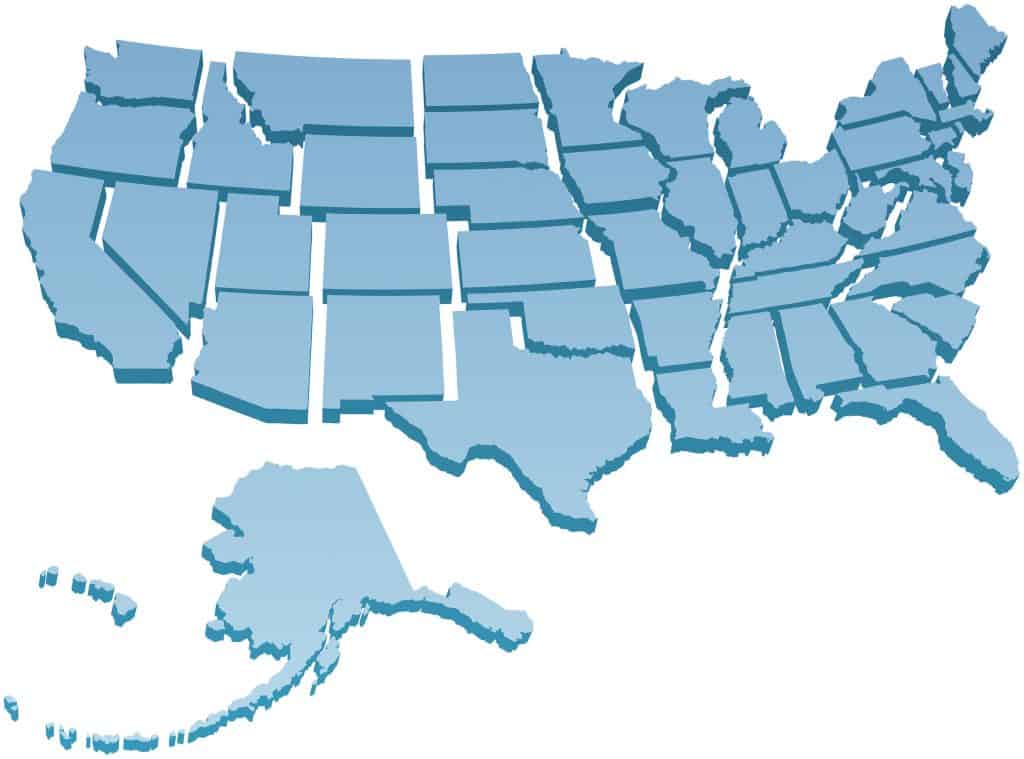
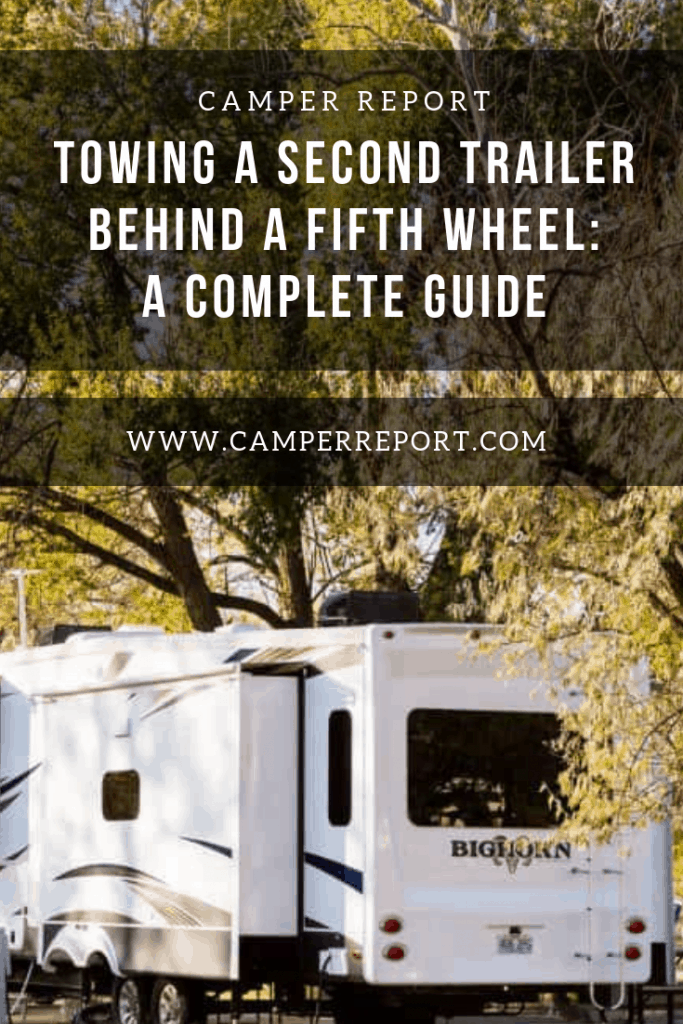
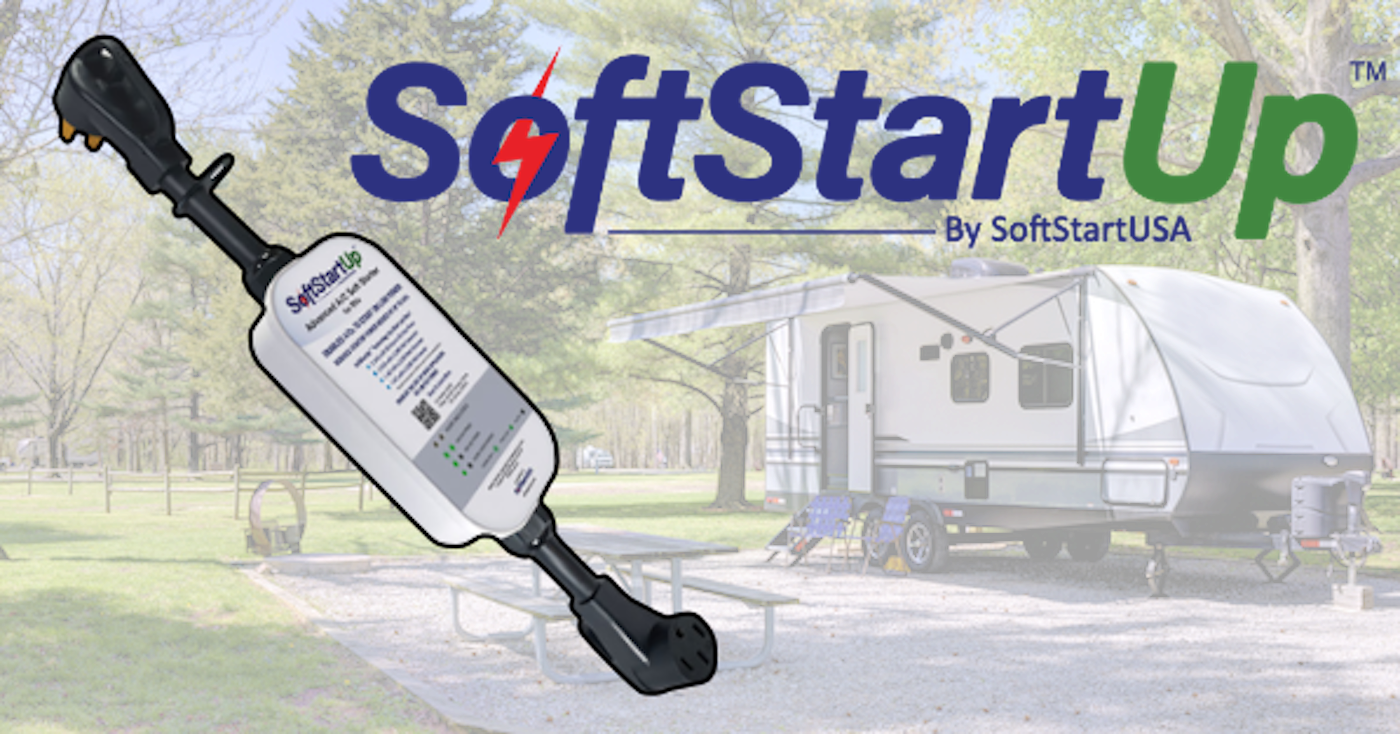
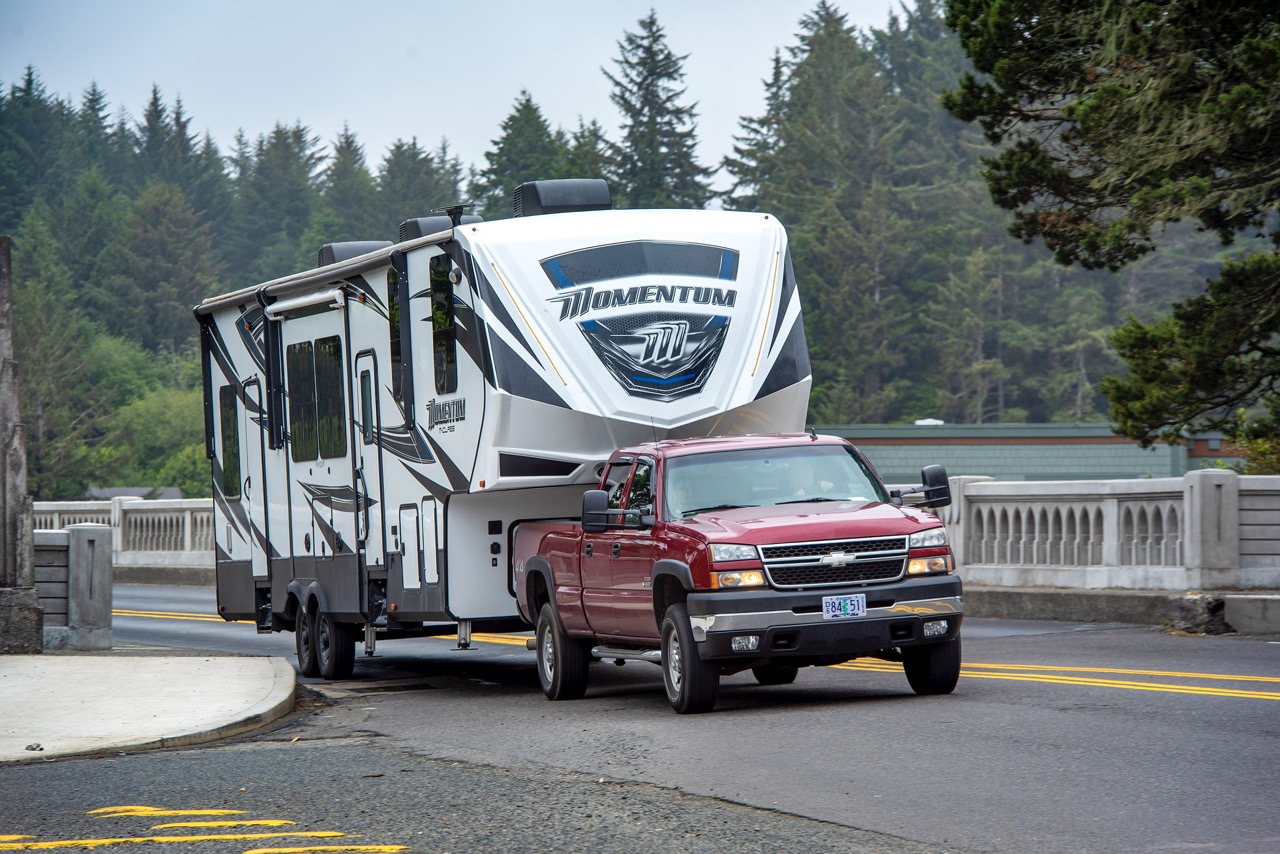

What is the typical length of a Truck pulling a standard 5th wheel and then a small vehicle behind the 5th wheel on a dolly trailer? I am asking because we have not purchased a 5th wheel RV yet, and if we need to stay below 40ft it might make a difference in our purchase. We have a F450 with towing package that can pull 27.5k so that would not be the issue. I also have a CDL with doubles and triples endorsement.
Illinois allows triple tow under 60ft and The third vehicle must be the lightest of the
3 vehicles and be a trailer or semitrailer designed or used for transporting a boat, allterrain vehicle, personal watercraft, or motorcycle.
For motorcycle’s their are trailers that mount to the rear hith that doesn’t allow the trailer to swing, instead there are wheels that turn so it travels as the same as the fifth wheel. Would that be considered triple tow?
Farmer in Iowa. Is 65 feet max towing for fifth wheel and additional trailer for golf cart.
Iowa is 70 ft.
Alaska regulations regarding towing 2 trailers.
The regulation: the tow vehicle must be 15,000 pund, double trailer can not exceed be 75 (including tow vehicle), the all axles require Air Brakes, and you are required to have a “Doubles” endorsment (requires a CDL license). The bottom line is Recreational Vehicles cannot tow double trailers.
I think maybe you need to do more research. In Minnesota it is legal to triple tow with some restrictions.
Question: What are the requirements for RV triple towing in Minnesota?
Answer: A recreational vehicle combination may be operated without an over-length type permit if:
(1) the combination does not consist of more than three vehicles, and the towing rating of the full-size pickup truck or recreational truck-tractor is equal to or greater than the total weight of all vehicles being towed;
(2) the combination does not exceed 70 feet in length;
(3) the operator of the combination is at least 18 years of age;
(4) the trailer is only carrying watercraft, motorcycles, motorized bicycles, off-highway motorcycles, snowmobiles, all-terrain vehicles, motorized golf carts, or equestrian equipment or supplies, and meets all requirements of law;
(5) the vehicles in the combination are connected to the full-size pickup truck or recreational truck-tractor and each other in conformity with the trailer hitch laws; and
(6) the combination is not operated within the seven-county metropolitan area during the hours of 6 a.m. to 9 a.m. and 4 p.m. to 7 p.m. on Mondays through Fridays.
The driver of a recreational vehicle does not need a special driver’s license, but please keep in mind the statutory definition of a “recreational vehicle combination” found in M.S.S. 169.011, subdivision 62 (a). The law states that a “recreational vehicle combination” means a combination of vehicles consisting of a full-size pickup truck or a recreational truck-tractor attached by means of a kingpin and fifth-wheel coupling to a middle vehicle which has hitched to it a trailer. And (b) For purposes of this subdivision, a “kingpin and fifth-wheel coupling” is a coupling between a middle vehicle and a towing full-size pickup truck or a recreational truck-tractor. Please note that a simple ball hitch for the first trailer does not meet the legal requirements.
Does anyone know if you can pull an fifth wheel trail with a 18 ft boat behind the fifth wheel? are can you direct me to the DMV rules section. Thank you
The state is Oregon
Arlene Asfeld’s comment is correct, and the same applies to the so-called triple-towing, which we call it “an RV-Double” in Michigan. Note, the Michigan law specifies that the first trailer HAS TO BE A 5th Wheel RV trailer, and the second vehicle can be either a motor vehicle (passenger vehicle of some type) towed by direct connection to the rear of the 5’er, or a trailer, or a passenger vehicle on a “dolly” with one end raised during towing… The MI law spells out the connection process to ensure that the towed vehicle is unlikely to separate from the 5th wheel trailer and specifies the total MAXIMUM COMBINED length of the tow vehicle and the trailers it is towing.. Towing two tongue-connected (bumper pull) trailers one in front of the other, is not addressed in the text of the Michigan Law regarding “Double Towing”. Happy Trails; I am “the Olde Sojer!”
Michigan refers to this as “RECREATIONAL DOUBLE (R)” and limited to 75 feet in total length. They also require to have drivers pass a test to be classified as such. They state “triple trailers are not permitted” unless with the correct CDL.
I don’t know why they call it triple towing, If towing a camper and a boat, that is two trailers not three.
For work I use a Mack truck pulling doubles, two trailers. It is not called a triple.
I agree with you . I do the same work and it’s not called Triple towing
Georgia is a “grey area”. State law does not address recreational triple towing, nor does it prohibit it. According to the Department of Public Safety it is a non-issue for enforcement. I’ve towed trailers behind fifth wheels many miles in Ga for many years with no issues. Just watch out when you cross from GA to FL as they are extremely strict on triple towing.
Are a set of safety chains from the fifth wheel frame to the pulling trailer mandatory besides the safety chains that attach from trailer to class 3 hitch
I’m not exactly sure where you found your information, but I know at least Wisconsin is incorrect. Per 348.08(1)(j) here https://docs.legis.wisconsin.gov/statutes/statutes/348/II/08 triple towing is allowed. You do have your lengths correct though.
I see that Pennsylvania allows triple towing But I cannot find any thing on the PA Dot website. Can you please send me a link where I could see this information? Thanks
If you don’t mind the extra knowledge search for “Pennsylvania Title 75 pdf”. 746 pages of good information.
Actually section 4904 says only truck tractors are permitted to pull multiple trailers and even then its limited(basically to and from and on the interstatel). There are other situations when one vehicle can tow multiple others but they arent really regarding what were talking about.
Minnesota is not correct on here. You’ve been able to triple tow here for years. Up to 70 feet.